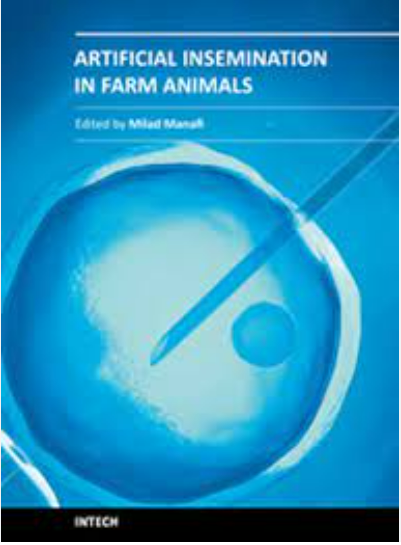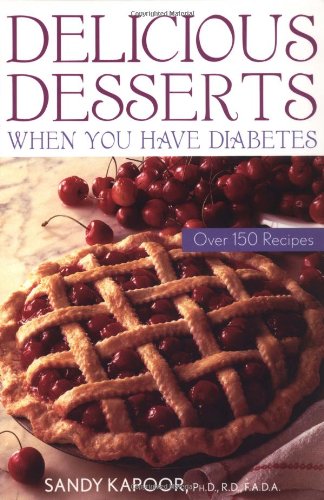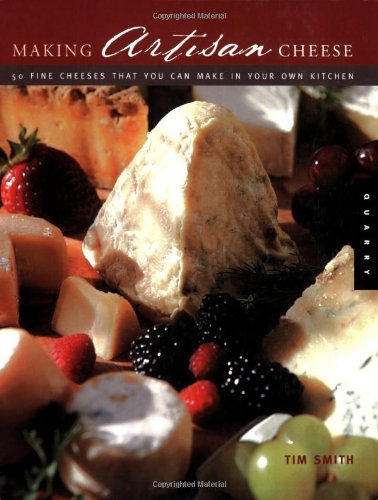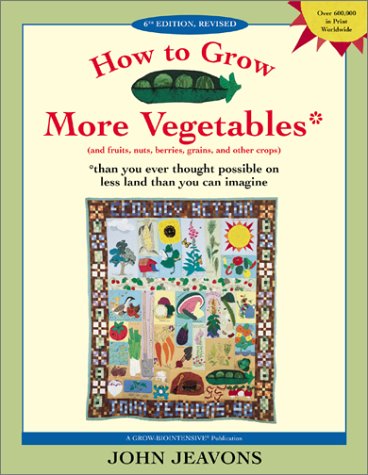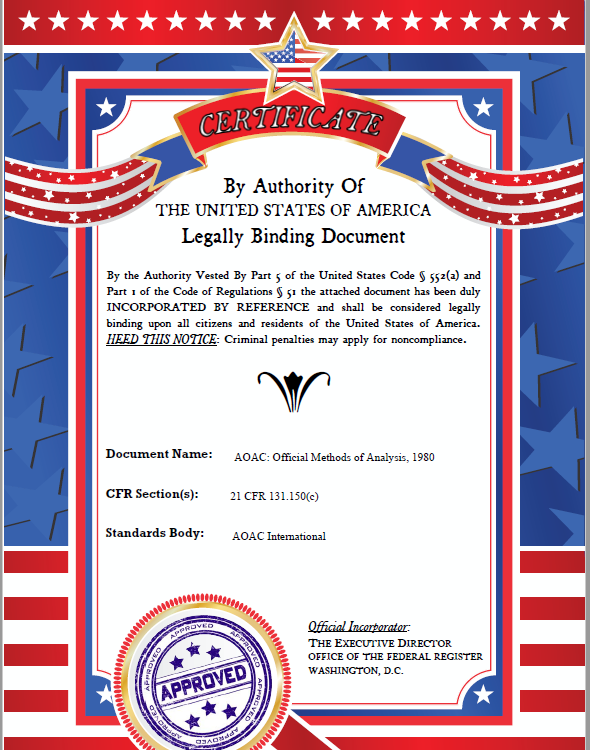Preface
As we look back over the millennium, it is difficult to imagine man’s evolution in the
absence of domesticated livestock. Likewise, domesticated animals are so dependent
upon man that in his absence their very existence would be jeopardized to the point
where they would not thrive and some would fail to survive. Artificial insemination
(AI) - one of the most important techniques ever devised for the genetic improvement
of farm animals - is a widely used tool for livestock breeding and management
programs and is a process by which sperm are collected from the male, processed,
stored and artificially introduced into the female reproductive tract for the purpose of
conception. A male animal produces millions of sperms daily. Theoretically, it can
inseminate females regularly and produce several offsprings.
Artificial insemination is used instead of natural mating for reproduction purposes.
This is when a male animal, for example, a bull, is kept with a herd of cows and
‘covers’ (copulates with) them when they are ready to mate (in oestrus) so the bull’s
semen fertilizes the cow’s eggs to produce calves. Fertilization can take place away
from the bull and the two animals do not even meet! Although AI (in the form of
intrauterine insemination) is not frequently used in human patients, it is the most
commonly used method of breeding food production animals in developed countries,
with more than 90% pigs and almost the same proportion of dairy cattle bred by this
method in the European Union and North America. In the actual procedure used,
semen is obtained from a male animal and, after being diluted, is deep-frozen, after
which it can be stored for long periods of time without losing its fertility. For use, the
semen is thawed and then introduced into the genital tract of a female animal.
The first successful experiment with artificial insemination in animals was performed
by an Italian physiologist Lazzaro Spallanzani, who in 1780, while investigating animal
reproduction, developed a technique for artificial insemination in dogs. This approach
was refined in the 1930s in Russia, and the subsequent development of methods for
the cryopreservation (preservation through freezing) of semen led to the widespread
use of AI in animals.
There are many advantages to artificial insemination (AI) in domesticated and zoo
animals, such as smaller chance of injury to either partner during the mating process,
X Preface
less stress to the female, who is often the one that has to be transported to and from
the home of the male, but one should keep in the mind that the system of reproduction
is perfect, including artificial insemination. The chief priority of artificial insemination
is that the desirable characteristics of a bull or other male livestock animal can be
passed on more quickly and to more progeny than if that animal is mated with females
in a natural fashion. Ten thousand or more calves are produced annually from a single
bull through the use of artificial insemination.
Artificial insemination has been most widely used for breeding dairy cattle and pigs
and has made bulls of high genetic merit available to all. It has been used to facilitate
the reproductive success and conservation of threatened or endangered animals.
Although AI (in the form of intrauterine insemination) is not frequently used in
human patients, it is the most commonly used method of breeding food production
animals in developed countries, with more than 90% pigs and almost the same
proportion of dairy cattle bred by this method in the European Union and North
America. Examples of wild animals that have been successfully impregnated through
artificial insemination include big cats (e.g., the tiger, the puma, the cheetah, and the
clouded leopard), the white rhinoceros (Ceratotherium simum) and the onager (Equus
onager).
This book contains under one cover 16 chapters of concise, up-to-date information on
artificial insemination. AI in buffalos, ewes, pigs, swine, sheep, goats, pigs and dogs
will be detailed in different chapters. Cryopreservation effect on sperm quality and
fertility, new method and diagnostic test in semen analysis, management factors
affecting fertility after cervical insemination, factors of non-infectious nature affecting
the fertility, fatty acids effects on reproductive performance of ruminants,
particularities of bovine artificial insemination, sperm preparation techniques and
reproductive endocrinology diseases will be described in these chapters.
The purpose of this book is to provide, as both a college text book and a reference
source, a comprehensive text that contains current information on artificial
insemination. This book is not a presentation of concepts of artificial insemination with
an extensive list of references, but rather a consensus of important information with
key references to allow the reader to further explore the artificial insemination field.
This book will deal with the use of artificial insemination (AI) in animals, currently
and in the future, with particular emphasis on comparative aspects between species.
This book will explain the advantages and disadvantages of using AI, the various
methodologies used in different species, and how AI can be used to improve
reproductive efficiency in farm animals.
I hope this book will be used worldwide as a college textbook and authoritative
reference book for research and extension specialists, AI practitioners, teachers and
students.
Preface XI
When preparing this book, I obtained numerous suggestions from eminent scientists
in both Iran and other countries. I wish to express my sincere appreciation to them.
چکیده فارسی
پیشگفتار
همانطور که به هزاره گذشته نگاه می کنیم، تصور تکامل انسان در
دشوار است. عدم وجود دام اهلی به همین ترتیب، حیوانات اهلی بسیار وابسته هستند
بر انسان که در غیاب او موجودیت آنها تا حدی به خطر می افتد
جایی که رشد نخواهند کرد و برخی در ادامه حیات خود شکست خواهند خورد. لقاح مصنوعی
(AI) - یکی از مهم ترین تکنیک هایی که تاکنون برای بهبود ژنتیکی ابداع شده است
حیوانات مزرعه - ابزاری پرکاربرد برای پرورش و مدیریت دام است
برنامهریزی میکند و فرآیندی است که طی آن اسپرم از مرد جمعآوری میشود، پردازش میشود،
به منظور
ذخیره شده و به طور مصنوعی وارد دستگاه تناسلی زنان می شود دریافت، آبستنی. یک حیوان نر روزانه میلیون ها اسپرم تولید می کند. از نظر تئوری، می تواند
به طور منظم ماده ها را تلقیح کرده و چندین فرزند تولید می کنند.
لقاح مصنوعی به جای جفت گیری طبیعی برای اهداف تولید مثل استفاده می شود.
این زمانی است که یک حیوان نر، به عنوان مثال، یک گاو نر، با یک گله گاو نگهداری می شود و
هنگامی که آنها آماده جفت گیری هستند (در فحلی) آنها را می پوشاند (همکاری می کند) بنابراین گاو نر
منی تخم های گاو را بارور می کند تا گوساله تولید کند. لقاح ممکن است دور انجام شود
از گاو نر و دو حیوان حتی ملاقات نمی کنند! اگرچه هوش مصنوعی (به شکل
تلقیح داخل رحمی) به طور مکرر در بیماران انسانی استفاده نمی شود، بیشترین
است روش متداول پرورش حیوانات تولید غذا در کشورهای توسعه یافته،
با بیش از 90 درصد خوک و تقریباً همین نسبت گاوهای شیری که توسط این پرورش داده شده است
روش در اتحادیه اروپا و آمریکای شمالی. در روش واقعی استفاده شده،
مایع منی از حیوان نر گرفته می شود و پس از رقیق شدن در انجماد عمیق، پس از
که می توان آن را برای مدت طولانی بدون از دست دادن باروری خود نگهداری کرد. برای استفاده،
منی ذوب می شود و سپس وارد دستگاه تناسلی حیوان ماده می شود.
اولین آزمایش موفق با لقاح مصنوعی در حیوانات انجام شد
توسط فیزیولوژیست ایتالیایی لازارو اسپالانزانی که در سال 1780 در حین تحقیق روی حیوانات
تولید مثل، تکنیکی را برای لقاح مصنوعی در سگ ها ایجاد کرد. این رویکرد
در دهه 1930 در روسیه پالایش شد و متعاقباً توسعه روشهایی برای
انجماد (حفظ از طریق انجماد) منی منجر به گسترش گسترده شد
استفاده از هوش مصنوعی در حیوانات.
مزایای زیادی برای لقاح مصنوعی (AI) در اهلی و باغ وحش وجود دارد
حیوانات، مانند احتمال کمتر آسیب به هر یک از شرکا در طول فرآیند جفت گیری،
X مقدمه
استرس کمتری برای زن، که اغلب باید به و از آن منتقل شود
است خانه نر است، اما باید در نظر داشت که سیستم تولید مثل
کامل است، از جمله لقاح مصنوعی. اولویت اصلی لقاح مصنوعی
این است که ویژگی های مطلوب یک گاو نر یا دیگر دام های نر می تواند
باشد سریعتر و به فرزندان بیشتری منتقل می شود تا زمانی که آن حیوان با ماده جفت شود
به شکل طبیعی سالانه ده هزار گوساله یا بیشتر از یک
تولید می شود گاو نر با استفاده از لقاح مصنوعی.
تلقیح مصنوعی بیشترین استفاده را برای پرورش گاو شیری و خوک داشته است
و گاوهای نر دارای شایستگی ژنتیکی بالا را در دسترس همگان قرار داده است. برای تسهیل
استفاده شده است موفقیت باروری و حفاظت از حیوانات در معرض خطر یا در معرض خطر.
اگرچه AI (به شکل تلقیح داخل رحمی) اغلب در
استفاده نمی شود بیماران انسانی، متداول ترین روشی است که برای پرورش تولید غذا استفاده می شود
حیوانات در کشورهای توسعه یافته، با بیش از 90 درصد خوک و تقریباً یکسان
نسبت گاوهای شیری پرورش یافته به این روش در اتحادیه اروپا و شمال
آمریکا. نمونه هایی از حیوانات وحشی که با موفقیت از طریق
آغشته شده اند لقاح مصنوعی شامل گربه های بزرگ (به عنوان مثال، ببر، پوما، یوزپلنگ، و
پلنگ ابری)، کرگدن سفید (Ceratotherium simum) و اوناگر (Equus
اوناگر).
این کتاب در زیر یک جلد شامل 16 فصل از اطلاعات مختصر و به روز در مورد
است. تلقیح مصنوعی. هوش مصنوعی در گاومیش، میش، خوک، خوک، گوسفند، بز، خوک و سگ
در فصول مختلف به تفصیل بیان خواهد شد. اثر انجماد بر کیفیت اسپرم و
باروری، روش جدید و تست تشخیصی در آنالیز مایع منی، عوامل مدیریتی
تاثیرگذار بر باروری پس از تلقیح دهانه رحم، عوامل غیرعفونی موثر
اثر باروری، اسیدهای چرب بر عملکرد تولیدمثلی نشخوارکنندگان،
ویژگی های لقاح مصنوعی گاوی، تکنیک های تهیه اسپرم و
بیماری های غدد درون ریز تولید مثل در این فصل توضیح داده خواهد شد.
هدف این کتاب ارائه هم به عنوان کتاب درسی دانشگاهی و هم به عنوان مرجع
است منبع، متنی جامع که حاوی اطلاعات فعلی در مورد مصنوعی
است تلقیح این کتاب ارائه مفاهیم لقاح مصنوعی با
نیست فهرست گسترده ای از مراجع، بلکه اجماع اطلاعات مهم با
ارجاعات کلیدی به خواننده اجازه می دهد تا زمینه لقاح مصنوعی را بیشتر بررسی کند.
این کتاب به استفاده از لقاح مصنوعی (AI) در حیوانات، در حال حاضر
می پردازد و در آینده با تاکید ویژه بر جنبه های مقایسه ای بین گونه ها.
این کتاب مزایا و معایب استفاده از هوش مصنوعی، انواع
را توضیح خواهد داد روش های مورد استفاده در گونه های مختلف و اینکه چگونه می توان از هوش مصنوعی برای بهبود استفاده کرد
کارایی تولید مثل در حیوانات مزرعه.
امیدوارم این کتاب در سراسر جهان به عنوان یک کتاب درسی دانشگاهی و معتبر مورد استفاده قرار گیرد
کتاب مرجع برای متخصصان تحقیق و ترویج، متخصصان هوش مصنوعی، معلمان و
دانش آموزان.
پیشگفتار یازدهم
هنگام تهیه این کتاب، پیشنهادهای متعددی از دانشمندان برجسته دریافت کردم
هم در ایران و هم در کشورهای دیگر. مایلم از آنها صمیمانه قدردانی کنم.
ادامه ...
بستن ...
- Publisher : IntechOpen (June 21, 2011)
- Language : English
- Hardcover : 314 pages
- ISBN-10 : 9533073128
- ISBN-13 : 978-9533073125
- Item Weight : 1.55 pounds
- Dimensions : 7 x 0.93 x 10 inches
ادامه ...
بستن ...
